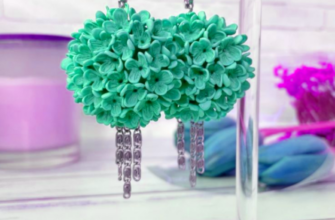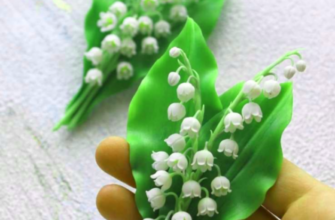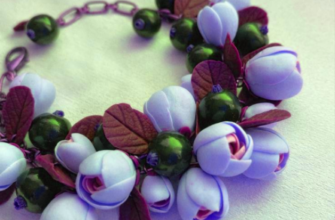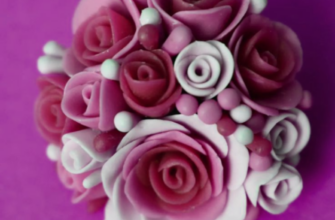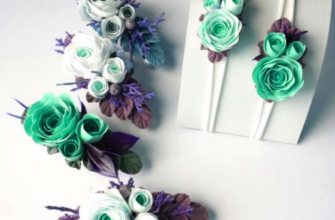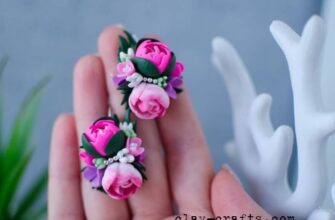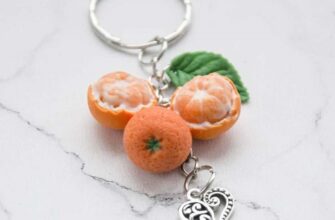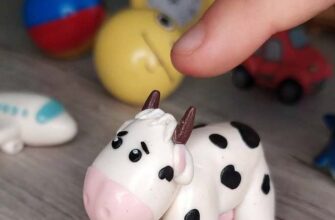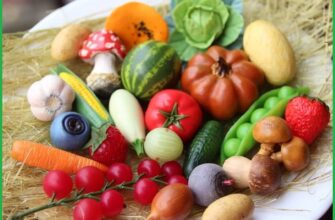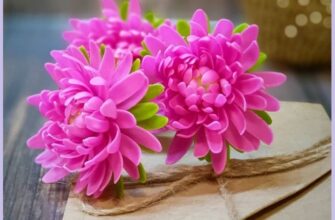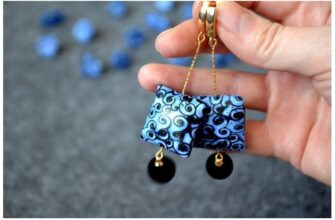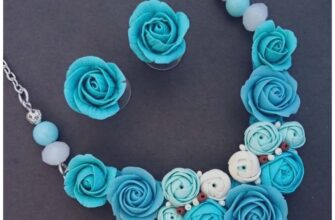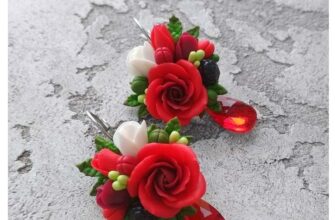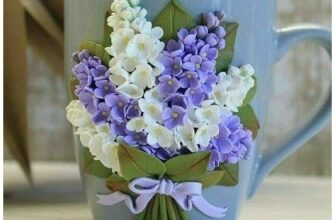The art of sculpting with polymer clay provides a remarkable medium for artists to bring their imagination to life.
The art of sculpting with polymer clay opens up a world of possibilities for artists to bring their creative
The art of sculpting with polymer clay provides a remarkable medium for artists to bring their imagination to life.
The art of sculpting with polymer clay allows artists to bring their imagination to life in a tangible
The art of sculpting with polymer clay opens up a realm of possibilities for artists to bring their imagination to life.
The art of sculpting with polymer clay offers endless possibilities for creating intricate and captivating designs.
Polymer clay is a versatile material that can be molded into an endless variety of shapes and forms.
Polymer clay is a versatile material that can be used to create beautiful and functional home decor and
Polymer clay is a versatile and easy-to-use material that has become increasingly popular for creating
Creating beautiful and unique jewelry pieces with polymer clay is a fun and rewarding experience for
Polymer clay is a versatile medium that allows artists to create stunning and intricate designs with
Polymer clay is a versatile and fun material for crafting, but to get the best results, it’s important
Polymer clay is a versatile material that can be molded into an endless array of shapes and forms, making
Polymer clay crafting is a fun and creative hobby that allows you to make all sorts of unique items.
Polymer clay is a popular material for crafting and creating unique, beautiful objects. From jewelry
Polymer clay is a versatile and fun material that can be used to create a wide range of unique and creative crafts.
In this post, we’ll be discussing how to craft a polymer clay minion. This is a great activity for those
If you’re looking for some fun and unique air dry clay ideas, you’ve come to the right place!
In this article, we’ll be exploring some fun and unique ideas for desserts made out of polymer clay.
If you’re looking for some cute polymer clay ideas, you’ve come to the right place! In this article
Beautiful brooches from polymer clay in the form of large puffy moths. A brooch of a plump moth from
Today, polymer clay is used to make many colorful and amazing things: jewelry for women, flower bouquets
What polymer clay cute ideas can you make yourself? Give free rein to your imagination, or look for ideas
What can be ideas for polymer clay mugs? As diverse as possible! If you make mugs from polymer clay to
In this article, we present you beautiful polymer clay necklace ideas that everyone can make. You don’
What can be molded from polymer clay? If you run out of ideas, our photo compilation will help you find
Trinkets, made by hand – something unique and very interesting. In addition, the choice of materials
One of the most popular materials for needlework is polymer clay. And anyone can easily learn how to
Almost everyone can learn how to model with clay. It is an interesting activity for both adults and children.
Polymer clay food, you can make yourself or just buy, its a great variety. It can be vegetables, fruits
What polymer clay products can be made for yourself and as a gift? There are many ideas, and some of
Every child and adult will be very happy with cute little animals made of polymer clay. What is there
If you want to see what angels from polymer clay look like, we present you a large collection of photos.
From polymer clay you can make almost anything – from small and simple things like owl pendants
Artistic modeling of polymer clay has recently been gaining popularity. And this is not surprising, because
Among the many types of creativity with its use – from crafts with children to making jewelry –
Polymer clay necklaces are very popular today. They can be made with your own hands from polymer clay.
Bright, catchy and modern clay pendants and pendants can actually be made with your own hands –
Polymer clay mugs Mugs made of polymer clay, decorated with animals and flowers, are distinguished by
A new type of creativity, which appeared relatively recently, but is gaining popularity, is the creation
Polymer clay is a very convenient plastic material for sculpting. Some people compare polymer clay (or
When making earrings for a special occasion, you should focus on more classic shapes. Therefore, it would
Cute dragons made of polymer clay can be in your collection of polymer clay figures if you take several
Many people think about how not to lose their attractive appearance, even despite how hot our summer
Any thing made with our own hands with love and care keeps the warmth of our hands and a piece of our









